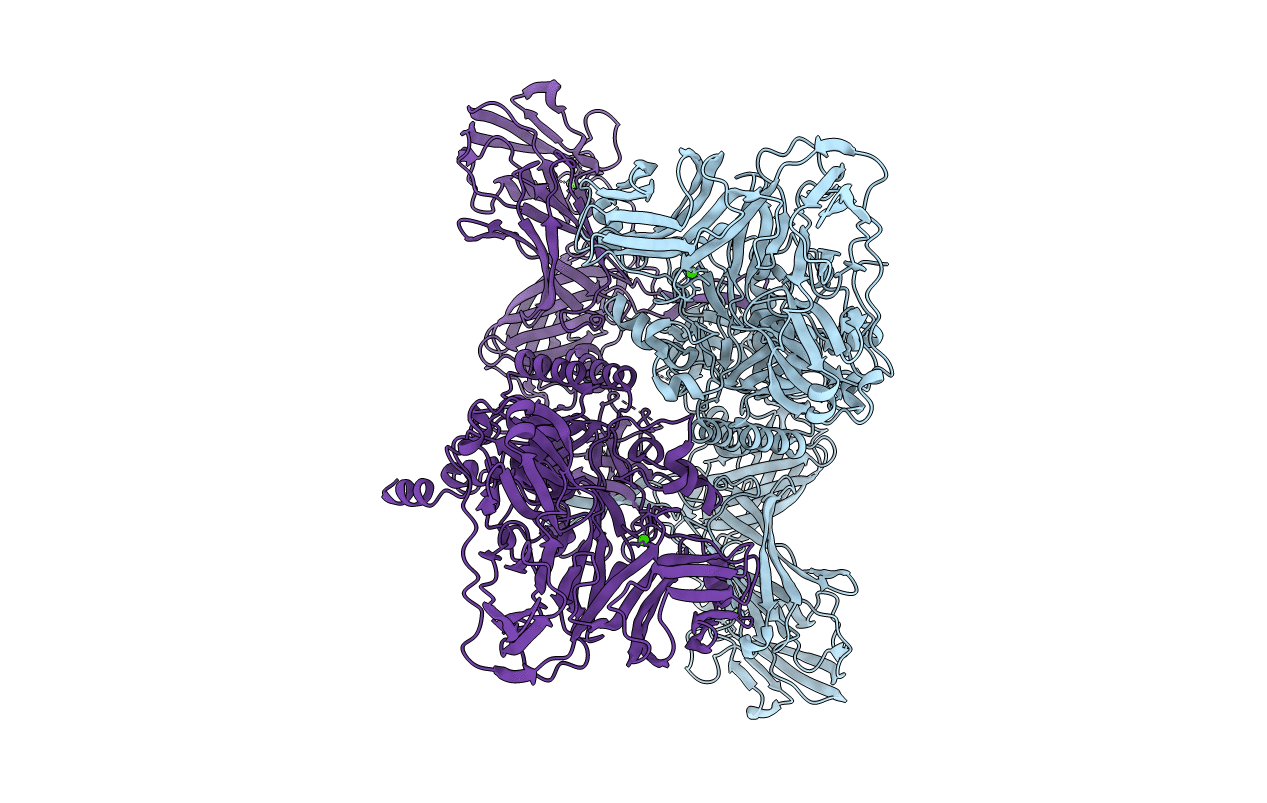
Deposition Date
2020-06-04
Release Date
2021-09-29
Last Version Date
2024-06-19
Entry Detail
PDB ID:
6ZA2
Keywords:
Title:
Crystal structure of dimeric latent PorU from Porphyromonas gingivalis
Biological Source:
Source Organism:
Porphyromonas gingivalis ATCC 33277 (Taxon ID: 431947)
Host Organism:
Method Details:
Experimental Method:
Resolution:
3.35 Å
R-Value Free:
0.24
R-Value Work:
0.20
R-Value Observed:
0.20
Space Group:
P 61 2 2


